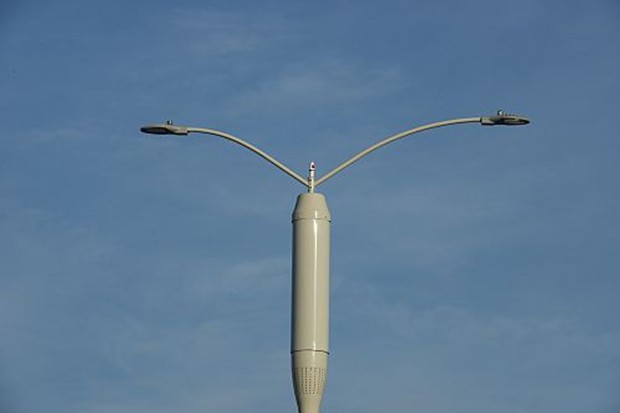Philips has announced a partnership with Ericsson to combine LED-based street lights and mobile broadband access points on the same poles. The combination could enable cities to expand wireless data services to residents while gaining revenue from mobile broadband operators. Meanwhile, LED street lamp fixtures can deliver energy efficiency and improved light quality compared to traditional light sources.
Mobile data traffic is expected to grow as much as 10 times by the year 2019 and the city population currently expands at the rate of 7.500 people per hour whilst the mobile device market is ever increasing. Much of this growth will happen within cities, which makes it necessary to save cost related to the soaring energy consumption and enhancing the capacity of mobile broadband networks. The newly developed smaller-range wireless cells, integrated into the top of the pole of LED street lamps, can allow a system to serve far more users efficiently. The picture of a prototype lamp as below.
In various surveys 70-80% of respondents said, that they feel safer with LED street lighting. LED street lamps can furthermore generate up to 80% savings of energy consumption with smart control systems. The monitoring of the power usage and automating the detection of failed lights are another opportunity within this new technology.
However the wireless units may not be installed on every pole so using the mobile broadband system for lighting control may or may not be feasible. Regardless of minor criticism the new technology opens up a new perspective for LED-lighting beyond the pure illumination. Remarkable energy-saving, the possibility for cities to rent street lamp poles to broadband-operators and increase their income, an enhanced broadband connectivity for city dwellers in combination with an improved urban safety is indeed an intriguing outlook onto the coming “Internet of Things” which is about to hit the industry of lighting manufacturers. gm.


